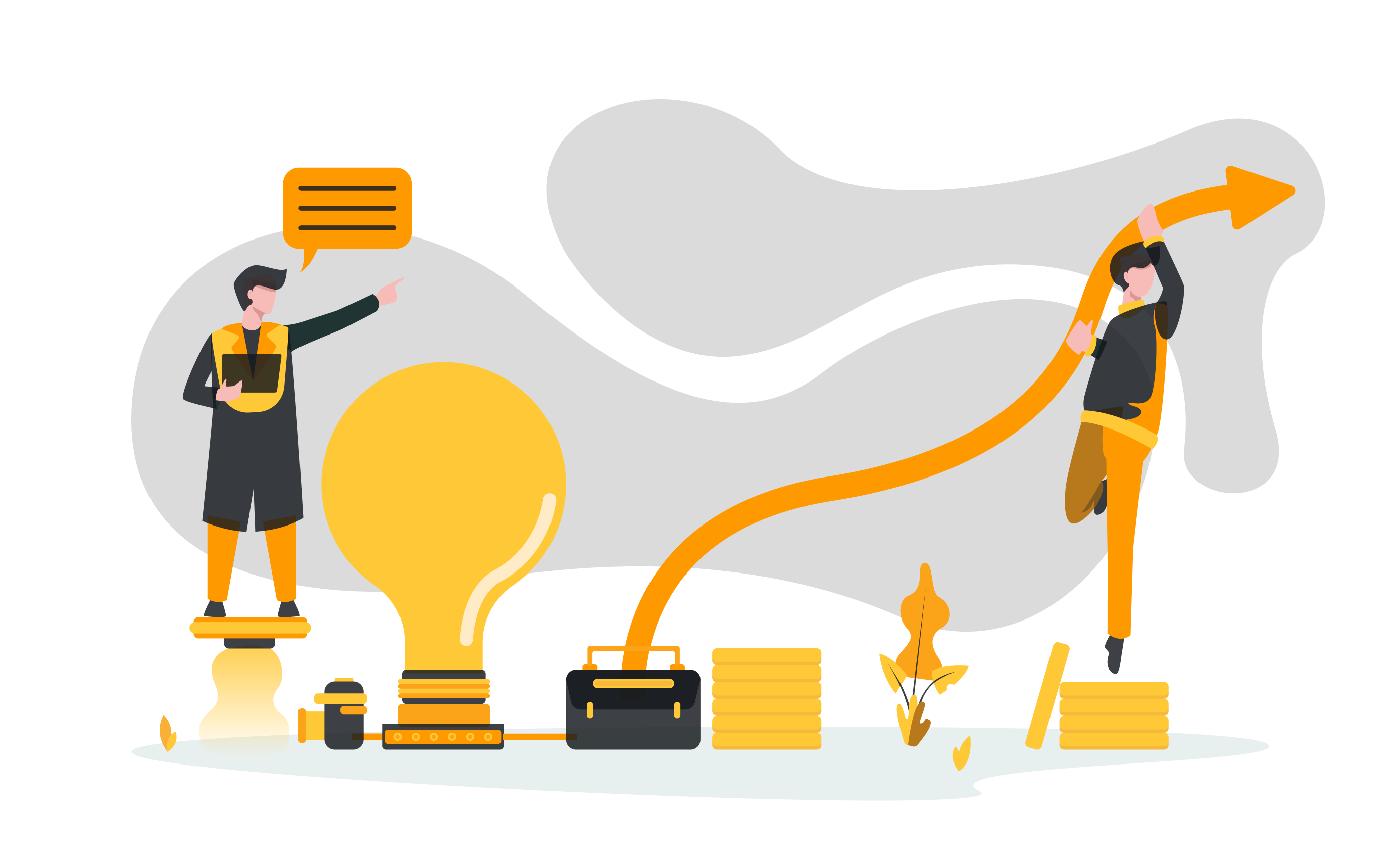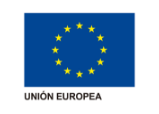Jun 24, 2023 • 2 min read
Email marketing and conversion strategies: convert subscribers into loyal customers.

Conversion strategies that work in email marketing
(01) Use of interactive content
Interactive content has become one of the most powerful tools for keeping subscribers hooked. Incorporating elements such as videos, polls, or quizzes into your emails not only makes your content more entertaining. It can also provide additional value to your audience. Examples of educational and valuable content can be a video tutorial on how to use a product, or a survey to gather feedback on new releases. Interactions caused by content can be monitored to optimize future campaigns.
(02) Narrative and storytelling in email marketing
An engaging narrative will humanize your brand and help build an emotional connection with your subscribers. Through storytelling, you can share customer success stories, your company’s story, or even a day’s work during the development of a new product. Not only does this strategy improve conversion rate and return on investment, but it helps build a loyal community around your brand.
Example
Let’s put a law firm, Máslegal, that wants to launch a legal advice membership for a fixed price.
You can do this by listing the features and benefits of membership, or you can tell a story like Ana’s. Ana is a girl who has just bought a small apartment, but flirtatious in which one day a leak appeared. The community of neighbors refused to take care of her and Ana did not know what to do. Until a friend of hers told her about the membership of Máslegal and how they solved her problem right away. Storytelling is one of the most powerful conversion strategies because it helps subscribers imagine themselves consuming the product or service.
(03) Loyalty and Rewards Programs
Fostering customer loyalty through rewards programs is usually a very effective conversion strategy. Through email marketing, you can inform your subscribers about these programs, offer them exclusive rewards, and keep them up to date on their progress within the program. This strategy retains customers and leads them to perform desired actions.
In fact, these programs allow you to maintain constant and personalized communication with subscribers. This fosters loyalty and increases sales opportunities. In addition, the use of email marketing in this context allows segmenting and personalizing communications. How? Based on the purchasing behavior and interaction of customers with emails and the website. In short, this conversion strategy works as a complement to other techniques that can also be applied through email marketing.
How a rewards campaign works through email marketing
Let’s see how this technique works using a completely fictitious example. Despite this, you surely recognize this modus operandi, as it is very common. We will talk about the company Galaxiatech, which sells accessories and high-tech devices and has a campaign called “Star Points”. This campaign is executed through email marketing and its objective is to increase sales and the logistics of it would be as follows:
- Registration and communication: It all starts with the customer acquisition process. They enroll in the program through the website, and receive a welcome email explaining how they can earn points and what rewards they can get.
- Point Accumulation: For every purchase they make, customers earn “Star Points.” In addition, they can earn extra points by leaving product reviews, referring friends, or making purchases during special promotions. Customers receive monthly emails letting them know how many “Star Points” they have accumulated, along with personalized product suggestions that would help them accumulate points faster.
- Points redemption: Points can be redeemed for discounts on future purchases, exclusive products or gift vouchers. When customers accumulate enough points to redeem them, they receive an email encouraging them to do so, with clear instructions on how to redeem their points.
- Exclusive Promotions: Program members receive emails with exclusive promotions that allow them to earn extra points during certain periods or on certain products. They are also notified by email about special events, exclusive sales and new product launches before the general public.
- Feedback and continuous improvement: Email can also be used to ask for feedback on the program, which helps Galaxiatech make continuous improvements. In addition, they are asked to complete surveys about their satisfaction and preferences, and in return, they receive extra points.
Customer education and valuable content as conversion strategies
Providing education and valuable content to your subscribers is an effective strategy to establish yourself as an authority in your field. Most people like to think that they buy in the best possible establishment, that they deal with experts. These are some examples of valuable educational content that could be part of conversion strategies in the email marketing environment.
- How-to guides: For example, if you’re a software company, you could send step-by-step guides on how to use lesser-known features of your flagship product to make your subscribers feel like they’re getting the most out of it. Leroy Merlin takes advantage of the videos on his YouTube channel in this regard.
- Helpful tips: For example, if you sell appliances, you could send tips on maintenance and cleaning. Or regular tips to help solve common problems or improve their use of your product
- Case Studies: Sharing case studies that show how other customers have benefited from your products or services serves as a testimonial, which builds authority and also helps build community.
- Newsletters: including industry updates, new features of your products, or relevant educational articles, even from third parties, as long as they are not competitors.
- Access to exclusive resources: offer access to exclusive resources such as ebooks, special reports or online tools that add value and help subscribers achieve their goals or solve problems.
Are you interested in learning more about strategies that enhance the power of your company? Schedule a free consultation to talk with one of our experts, nothing better than feeling heard.
Book a consultation
Let's start some incredible projects.
Let's innovate together!









